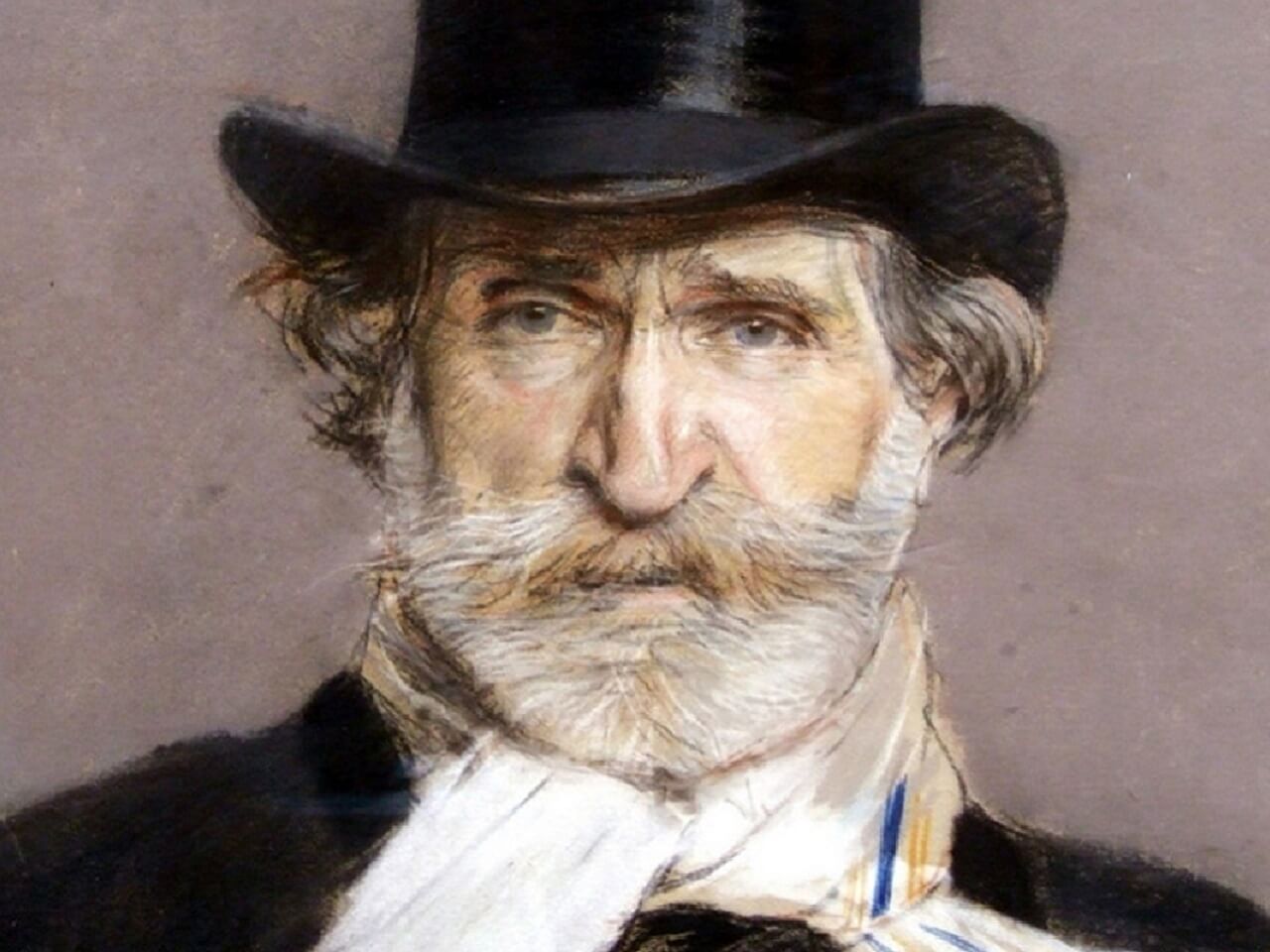The news that in these days comes to us around the statuettes of the Pachamama, the mother goddess worshiped in the Inca religion, thrown into the Tiber from Ponte Sant’Angelo, at the foot of the castle dominated by St. Michael, makes us think of the fourth act of Nabucco, the opera by Giuseppe Verdi who introduced the great Italian musician to the general public. With a libretto by Temistocle Solera, staged for the first time at the Scala in Milan on March 9, 1842 with great success, it is the opera that tells of the Jews conquered and subjugated by the Babylonians of Nebuchadnezzar in 586 B.C., which contains the well known choir “Va’ pensiero” (Fly, thought, on wings of gold), the lament of the exile, from Psalm 137, in the memory of the destroyed homeland and of lost freedom.
Solera, incorporating elements of his imagination (such as Abigaille’s unrequited love for Ishmael), was inspired first of all by the books of the prophets Jeremiah and Daniel (14:1–22); then the French drama Nabuchodonosor by Auguste Anicet-Bourgeois and Francis Cornu, represented in 1836 at Théatre de l’Ambigu-Comique in Paris, translated after about two years in Italian; finally, the historical ballet Nabuccodonosor by Antonio Cortesi, represented at La Scala on October 27, 1836.
In the fourth part, entitled “The Broken Idol,” we see the protagonist, the second kin of the Neo-Babylonian empire, who falls to his knees and exclaims: “God of the Hebrews, forgive me!”; he promises that “the altar, the Temple sacred to Thee shall rise again” and that “I will destroy my rites.” Later, Nabucco enters the god Baal’s magnificent temple; he finds there the priests, the Magi, and the guards; he orders the gigantic statue of the “baneful idol” knocked down — which, however, falls of its own accord and shatters to pieces: “Divine miracle!” all exclaim, falling to their knees and praising the “Great Jehovah.”
The demonic idol in Verdi’s opera falls as if struck by a superior force — not as it happened, for example, with St. Benedict, who when he arrived at a fort:
… called Cassino situated on the side of a high mountain[.] … [O]n this stood an old temple where Apollo was worshipped by the foolish country people, according to the custom of the ancient heathens. Around it likewise grew groves, in which even till that time the mad multitude of infidels used to offer their idolatrous sacrifices. The man of God coming to that place broke the idol, overthrew the altar, burned the groves, and of the temple of Apollo made a chapel of St. Martin. Where the profane altar had stood he built a chapel of St. John; and by continual preaching he converted many of the people thereabout. (St. Gregory the Great, Dialogues, II, 8: PL 66, 152)
Or as St. Boniface did, who “traveled through all Friesland, ceaselessly preaching the word of God, banishing pagan rites and extirpating immoral heathen customs. With tremendous energy he built churches and overthrew the idols of the temples. He baptized thousands of men, women and children” (Vita S. Bonifatii, auctore Willibaldo, ed. Levison, p. 47).
And not even as Pope Liberius did, who “baptized” the pagan Ambarvalia and transformed them into the so-called Major Rogation, prayed on St. Mark’s day (April 25), as Bl. Ildephonsus Schuster explains in an excellent way on the subject of the procession and stationary mass in St. Peter’s (The Sacramentary, Vol. IV, Torino-Roma, 1930, p. 119):
This solemn procession that one more went from San Lorenzo in Lucina to St. Peter’s along the via Flaminia, the Milvian bridge and along the Tiber up to the Vatican fields, originally replaced the ancient feast of the Ambarvale or the pagan Robigalia. This occurred on April 25, and the Roman youth used to go beyond the Milvian bridge to sacrifice to Robigo, the god who preserved the fodder from rust. The Roman Church, adopting the popular custom, has elevated its meaning, teaching that it is not the favor of Robigo, but the devout life, the humble prayer and the intercession of the Saints, above all of the Pastor ovium saint Peter, those that disarm the justice of God, irritated by our sins.
The fate of King Nabucco, then, is not that of Saint Vigilius of Trent, martyr, precisely because of having eradicated the remains of idolatrous cults.
The enumeration of demolished, destroyed, burned pagan idols could continue with the many images expressed by Christian iconography, as seen here, but these hints are enough. And those saddened by syncretism, which leads some to desecrate churches with rites in which they follow idols, praying and singing, might be consoled with Verdi’s opera.


